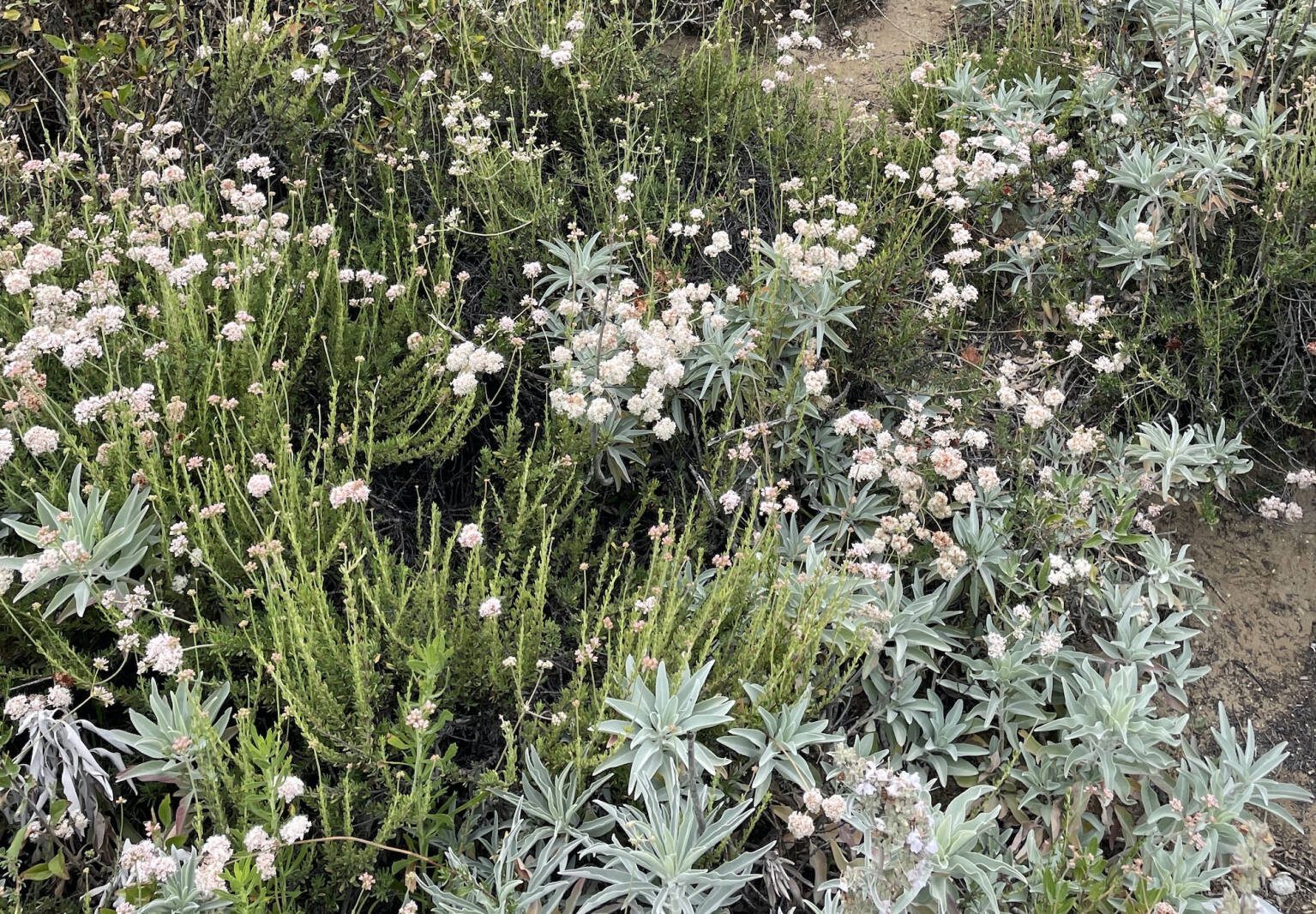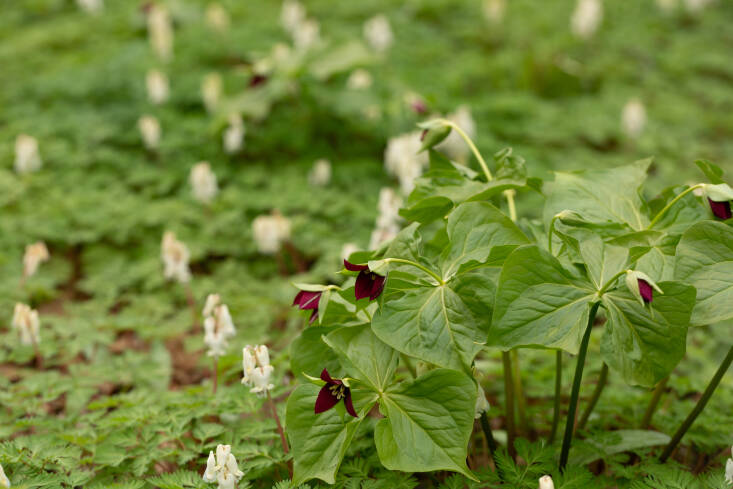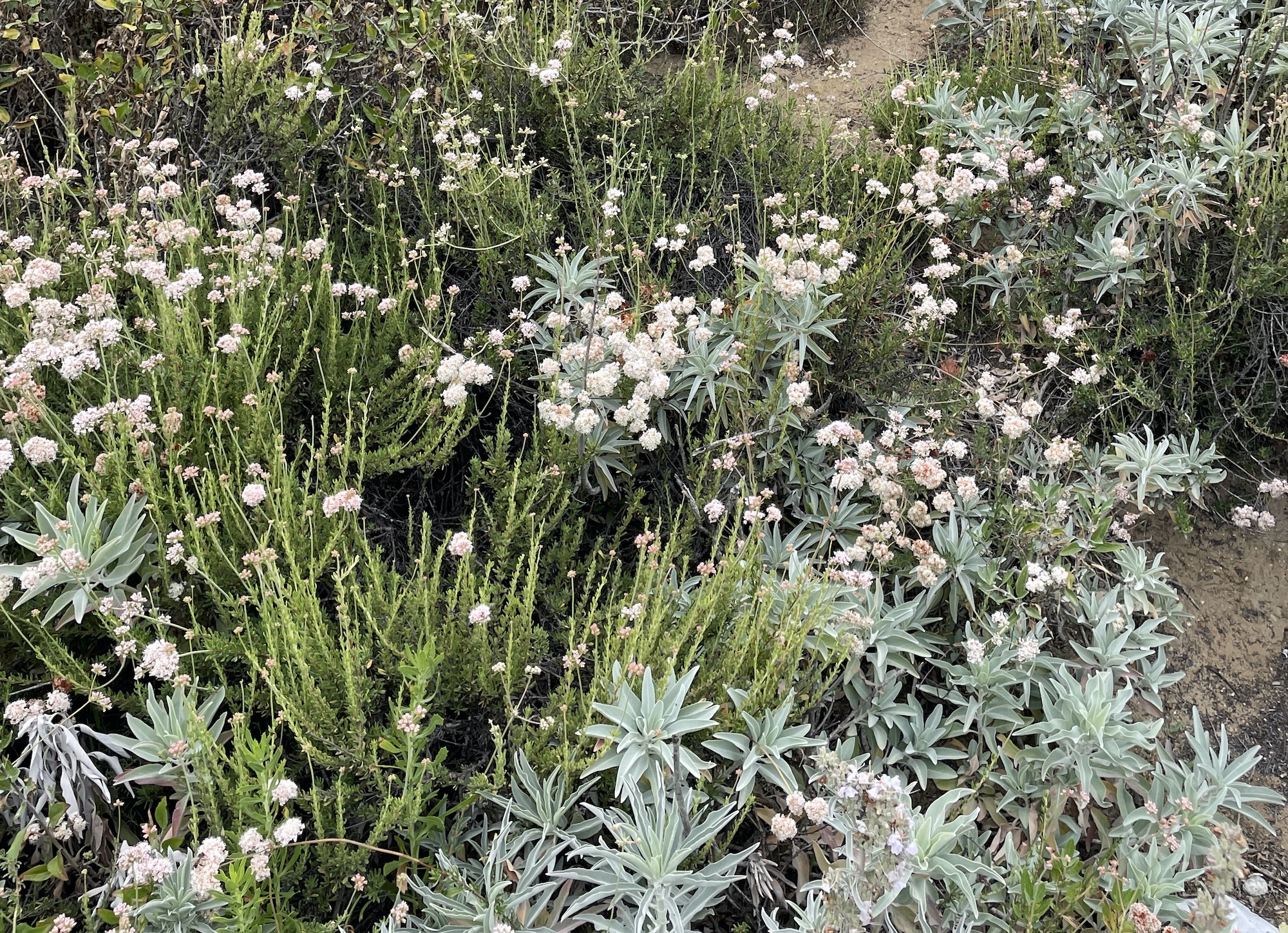
All week, we’re resurfacing the preferred posts printed on Gardenista this 12 months. If this story is new to you, take pleasure in! And in case you’ve already learn this earlier than, we hope you’ll prefer it simply as a lot as the primary time round.
[This is part of a series with Perfect Earth Project, a nonprofit dedicated to toxic-free, nature-based gardening, on how you can be more sustainable in your landscapes at home.]
In our submit final week, we heard from a bunch of horticulturists and backyard designers on the place they go to supply native vegetation and seeds. Now we’ve requested the gardening superstars (plus a number of extra) to share the native plant combos that make them swoon. Research have proven that if we develop 70 p.c—or about two-thirds—native vegetation in our yards, we’ll present sufficient habitat for wholesome populations of birds, bees, butterflies, and different pollinators. As we are saying at Excellent Earth Venture, “Native vegetation want so little, they usually give a lot.” Why don’t you give them a attempt?
Beneath, the consultants suggest their favourite native planting combos.
1. Stinking Benjamin + Squirrel Corn

Uli Lorimer, Director of Horticulture at Native Plant Belief, Massachusetts:
“Considered one of my absolute favourite combos at Backyard within the Woods is stinking Benjamin or wake Robin (Trillium erectum) with squirrel corn (Dicentra canadensis). Each are fleeting of their magnificence, which makes me admire them much more.
“I like this mix within the backyard for a number of causes. First, this took a very long time to return collectively. In our fast-paced world, nature nonetheless has rather a lot to show us about being affected person, about delayed gratification. This scene took many years to develop, simply that reality alone fills me with a way of awe and gratitude. The second cause has to do with the relationships these vegetation have with bugs. Trillium is pollinated by fungus gnats and flies, on account of its malodorous (to our noses) perfume and flesh-colored blooms. Even higher is when ants come alongside and assist disperse the seeds of each species, every seed containing a fatty ant reward known as an elaiosome. Lastly, who can deny their magnificence? Seeing this scene says Japanese Deciduous Forest of the USA to me, it grounds me to the place that I name house.”
